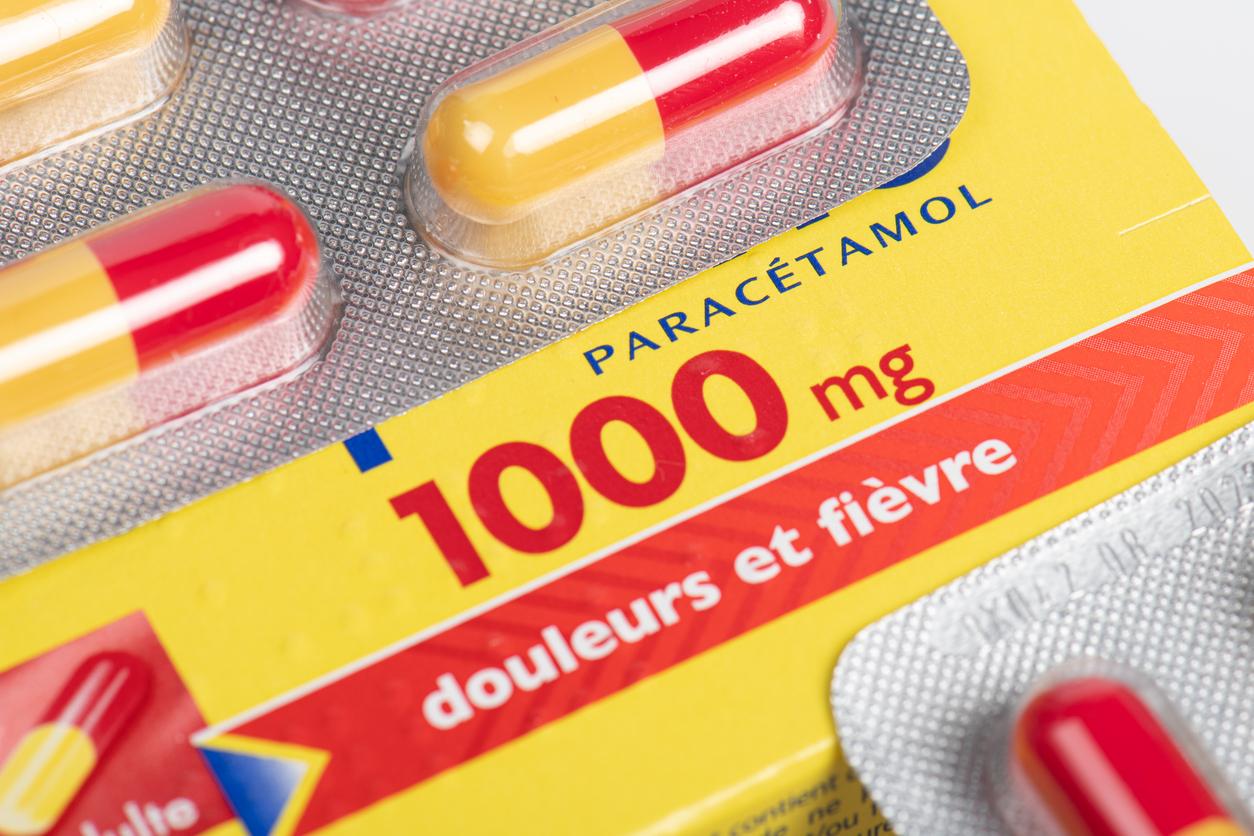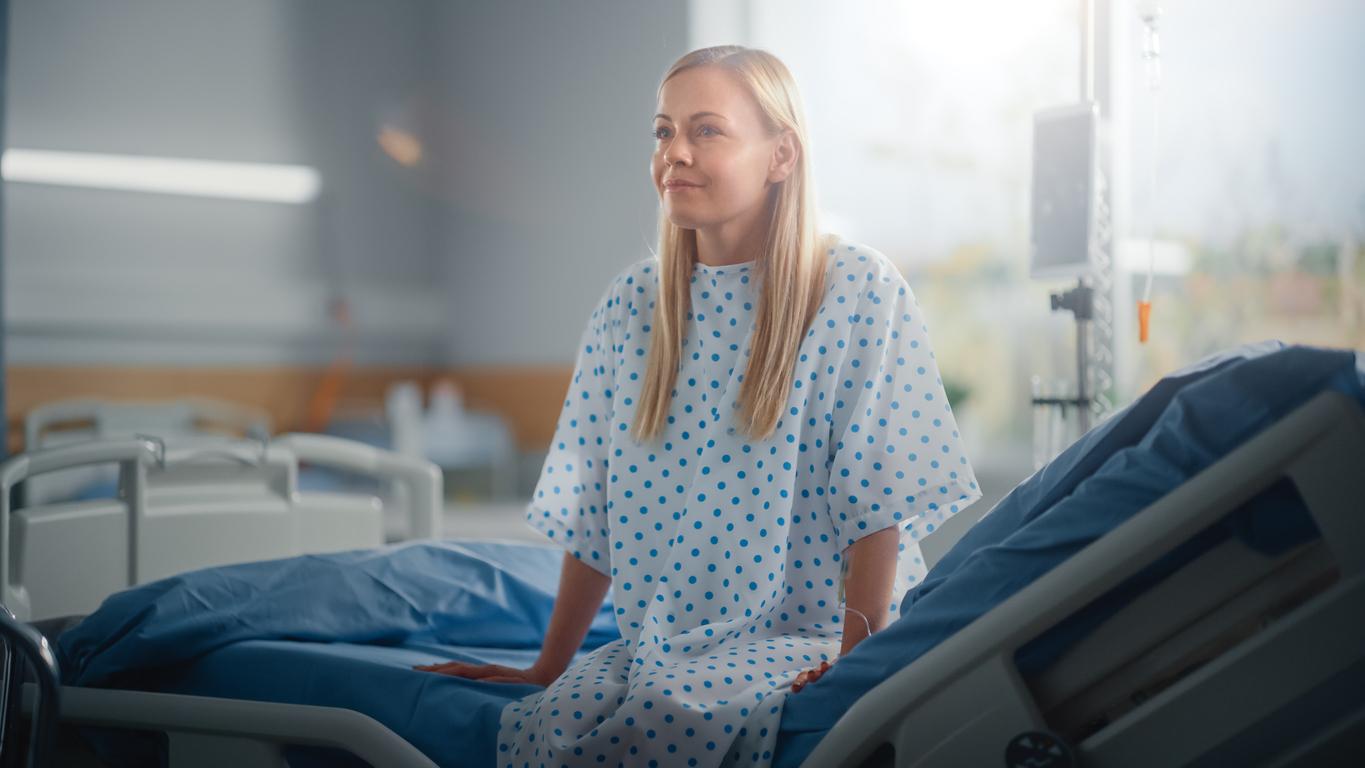Venous disease is chronic, that is, it cannot be completely cured. However, many treatments exist for management at each stage of this pathology, which must be closely monitored, as it is progressive and can therefore worsen.

“There is no cure for venous disease”, cThis is how Dr. Vincent Crébassa, a vascular doctor, defines the chronic nature of this pathology. Nevertheless, it is because it is a disease with which one must learn to live that its follow-up and care treatment are essential.
The different treatments available to patients obviously depend on the stage at which the venous disease is. These stages begin with symptoms such as heavy legs, impatience or pain that sign the onset of the disease without characterizing it. Then come the first visible signs, varicosities, then varicose veins. If these are not taken care of, there is a risk of oedema, ulcer and, in the most serious cases, of phlebitis which can lead to a pulmonary embolism.
The first aid for venous disease may be lifestyle changes. A sedentary lifestyle and being overweight are the first two risk factors and the practice of physical exercise such as diet monitoring are therefore elements on which patients can be active. We must also emphasize the benefits of certain simple gestures — such as raising the legs during the night and baths or showers in cool water — have a vasoconstrictor effect.
Compression and compression
As soon as the first visible signs appear, the patient can resort to compression and restraint techniques. Compression using stockings can be light or greater depending on the stage of the disease. For its part, compression is indicated when the patient develops edema, in the treatment of an ulcer or in the event of thrombosis.
At all stages of the venous disease, veno-active drugs or so-called “venotonics” can treat many symptoms. “If they have been dereimbursed by Health Insurance, it is only for economic reasons”specifies Vincent Crébassa, who rules out any risk of danger linked to these treatments.
When varivosities or telangiectasias appear, sclerotherapy can be prescribed. These are injections into the veins of sclerosing products, a simple and non-aggressive outpatient treatment that must be renewed in the event of a recurrence. For telangiectasias that do not respond to sclerotherapy, laser can also be used.
Surgery: new less invasive techniques
As soon as the varicose veins reach a certain size (over 3mm), surgery can be considered. Especially since new techniques make it possible to avoid the invasive side of phlebectomy which consists of extracting – under anesthesia – a varicose vein using a hook to make mini-incisions. With endoscopic dissection, one can obtain equally satisfactory results by avoiding incisions whose healing can be problematic.
It is thus seen that the modes of management of the venous disease, at any time, make it possible to treat it and especially to control an inevitable evolution before the most serious stages are reached which, being able to involve a potentially fatal pulmonary embolism, are to be avoided at all costs.
.

















